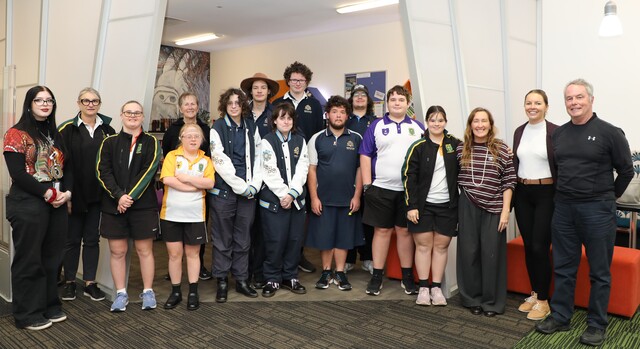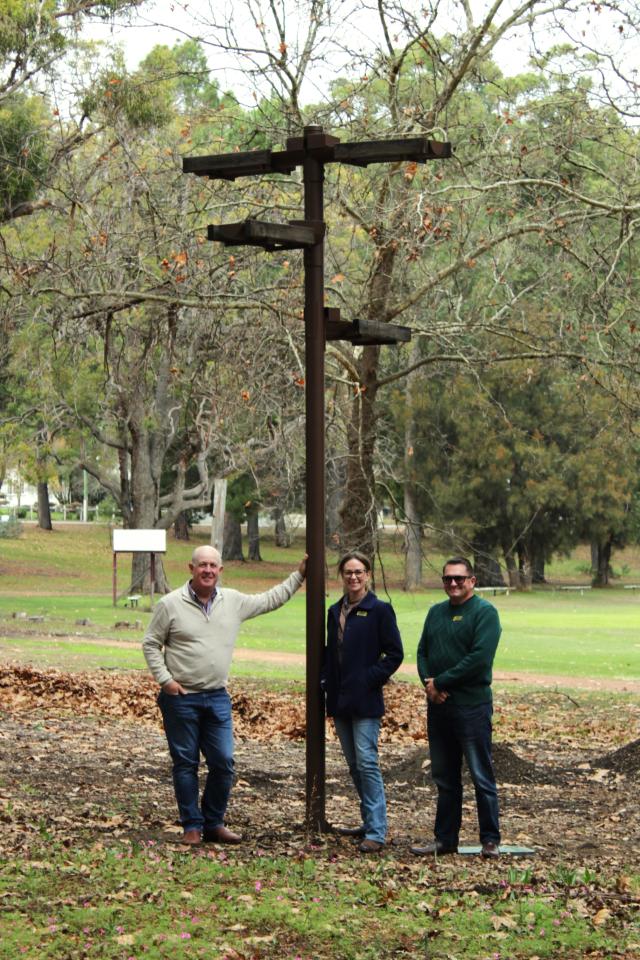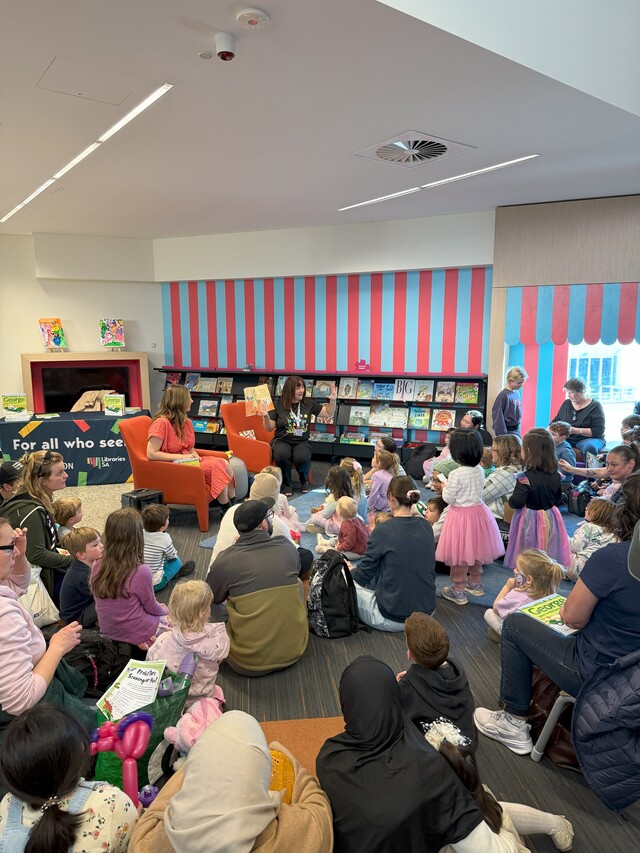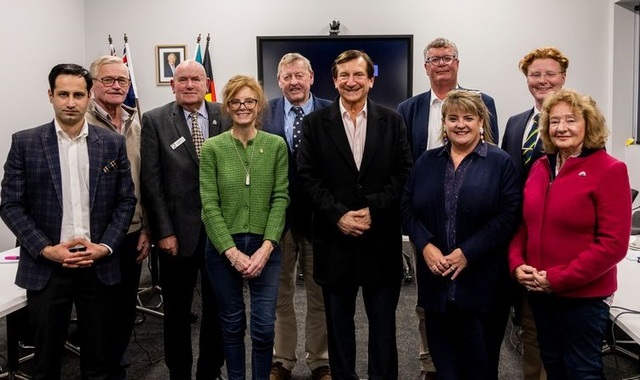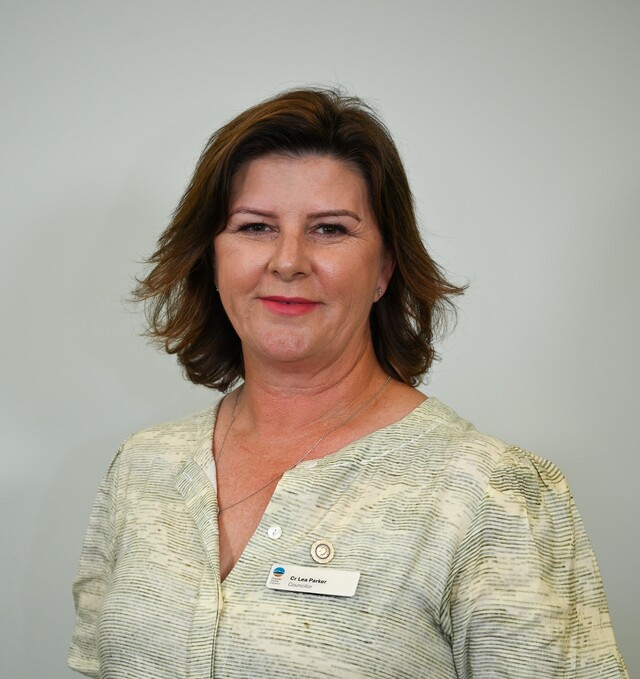Last month’s release of the Innovation Statement was a shot in the arm for the CSIRO and the research sector generally, and the Department of Industry, Science and Innovation which had seen much of its influence reduced under the previous administration.
A key player in formulating the Statement was Drew Clarke, the Prime Minister’s new Chief of Staff. He was previously Secretary of the Department of Communications, and Secretary of the Department of Resources, Energy and Tourism. He also had earlier stints in energy policy, industry and science. In other words, he understood the importance of industry policy.
Anyway, there is now $1.1 billion to foster entrepreneurship and innovation via the National Innovation and Science Agenda (NISA) and 28 measures for the federal agencies to pursue with their stakeholders, which include the local government sector. While the rhetoric is mainly shaped around entrepreneurs, start-ups and the Ideas Boom, it’s a mood thing, which means that any organisation with ideas – and that can include local government – should be knocking on doors to get a hearing.
Given that the Cockatoo Network exists to take forward ideas of our members, I’ve been onto the Industry Department’s Hotline to get the details not available on the website. It was a chastening experience. I heard exuberant young officials spruiking the government line, reading from prepared material, asking if their gems of wisdom were helpful. I shudder to remember that I was spruiking similar mindless information to hard-bitten industrialists a couple of decades back. But I never called anyone mate or wished them to ‘have a good one’, whatever that means.
Anyway, I’m still in this process of finding the right people and the processes for the funding. And I’ve concluded that while the Statement has quite a few recycled or re-badged initiatives from other agencies (e.g. National Stronger Regions Fund) there are some innovative measures.
Landing pads
Foremost among them are five ‘landing pads’ in global innovation hotspots. Silicon Valley and Tel Aviv have already been identified, and the others will presumably be selected from cities in the UK, France, Germany, India or China. There is $18 million over four years to support entrepreneurial Australians to lob into an operational physical space to shoot the breeze with other entrepreneurial talent, mentors, potential investors etc. They sound very much like the Collaboration Centres that have sprung up with the encouragement of city councils in Adelaide, Sydney and elsewhere in recent years – so take a bow.
Accelerator and Incubator programs
These new programs may look new, but they are decades old, having fallen out of favour for a number of reasons e.g. location in cheap, out-of-the-way buildings; restrictions on length of tenancy.
The new program provides competitive matched funding to support new incubators and accelerators in regions or sectoral areas with high innovation potential. There is only $8 million available from the feds, but with matching funding from the states and other quarters, it might kick-start something. However, I get the impression that Collaboration Centres (above) are a better, simpler way of getting companies talking and engaging with other companies and support agencies.
$250m Biomedical Translation Fund
This is basically government grants to match industry efforts to translate biomedical technologies into actual commercial opportunities. The funds have been hooked from the $20 billion Medical Research Fund, which is a good move since the Fund is ill-conceived and budget pressures will ensure that it won’t happen on the scale intended.
The opportunity for local government
PM Turnbull has considerable political capital invested in the Statement and it’s clear he is going to champion the Ideas Boom. Similarly Industry Minister Pyne seems happy to share the agenda with the PM. I guess he’s better used to it. And the Statement has pacified those who were furious about the CSIRO funding cuts introduced in the last Budget. His relentless, cheeky style has perhaps found a new home.
The interesting opportunity however is for local councils to also be relentless and cheeky in pushing their way into the Ideas Boom. Both Turnbull and Pyne have a strong grounding in local government, and Lucy Turnbull will keep them up to the mark. I would therefore suggest that mayors, councillors and council staff be on the lookout for innovative ideas that spring up at the local level – better ways to manage biodiversity, reduce landfill, address domestic violence, reduce carbon emissions etc. Innovation is not the preserve of the universities and labs, and we can help you run an agenda by the bureaucrats beyond the Innovation Hotline.
Macfarlane’s defection
The defection by former Industry Minister Macfarlane to the Nationals came out of the blue in December. Macfarlane’s spin is that he’s always been a country boy at heart. My hunch is that Macfarlane is not only making a back-door attempt to regain a Cabinet seat as a National, but he wants to lead the Nationals and become Deputy PM. The rationale is that Truss is likely to retire soon, quite a few Nats figure that Barnaby Joyce isn’t of the Nationals cloth, and Barnaby might indeed be rolled in New England by Tony Windsor at the next election.
Watch this space.
Rod Brown is a Canberra-based consultant and lobbyist specialising in industry/regional development, investment attraction and clusters, and accessing federal grants. He also runs the Cockatoo Network.
Phone: (02) 6231 7261 or 0412 922 559
Email: apdcockatoo@iprimus.com.au
Blog: www.investmentinnovation.wordpress.com (750 articles)


